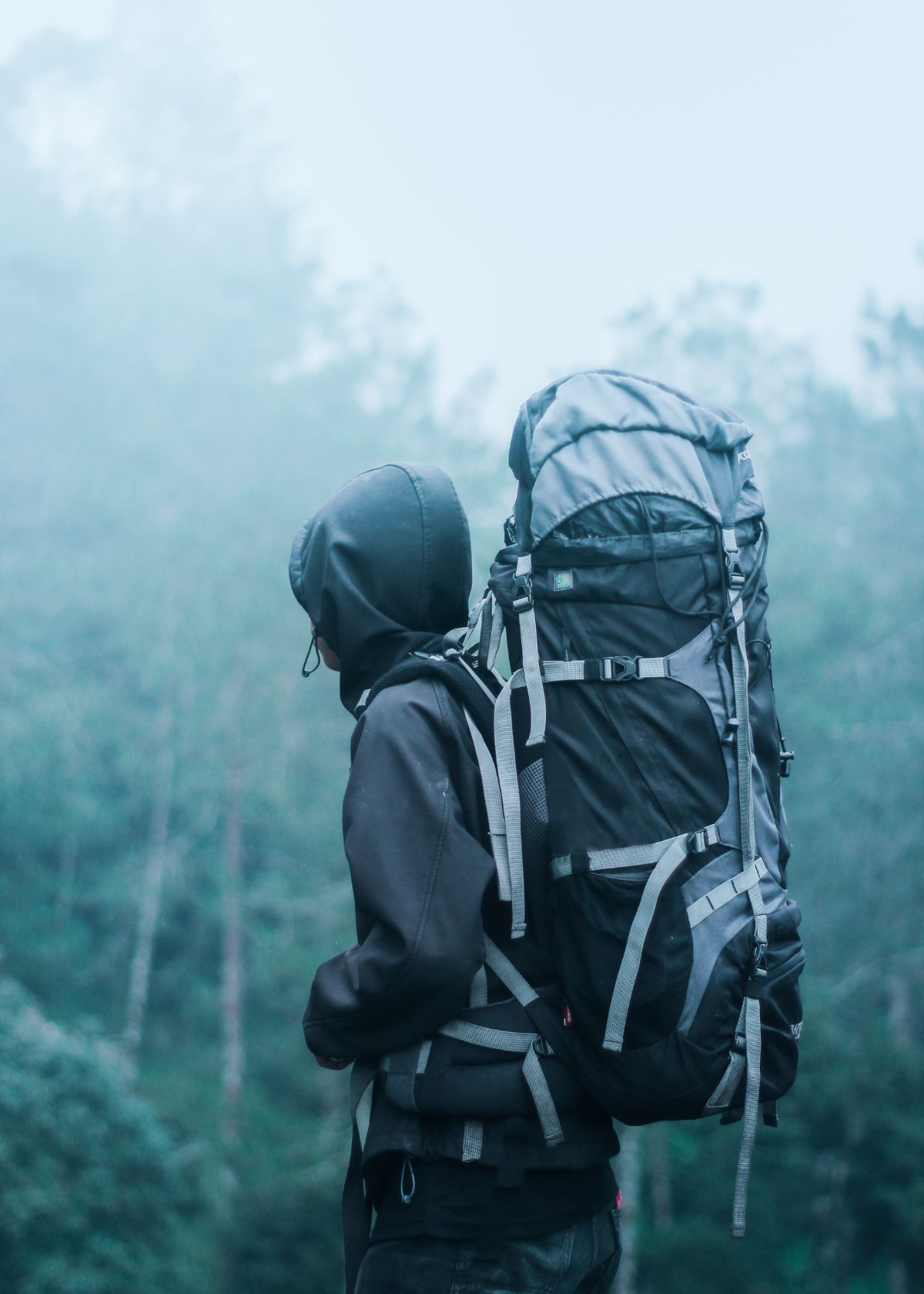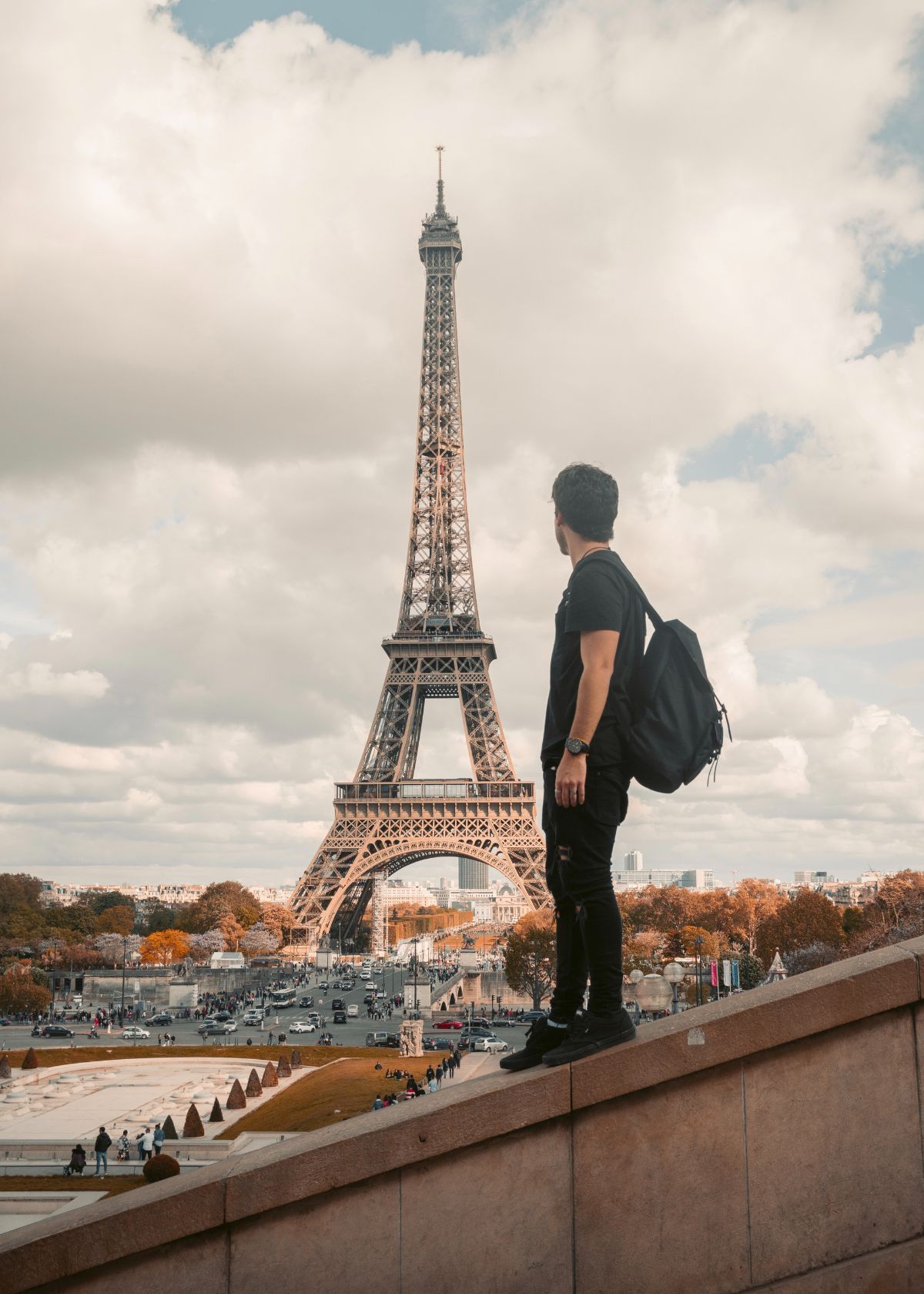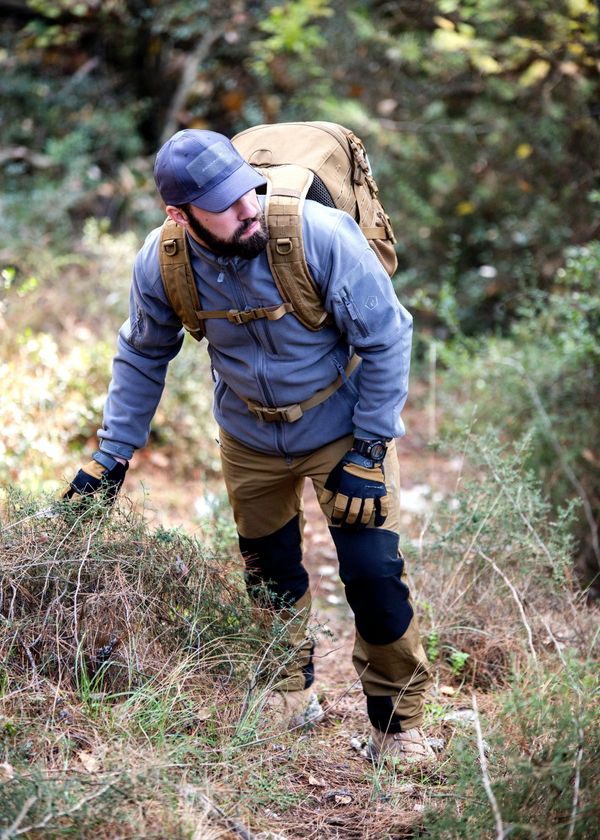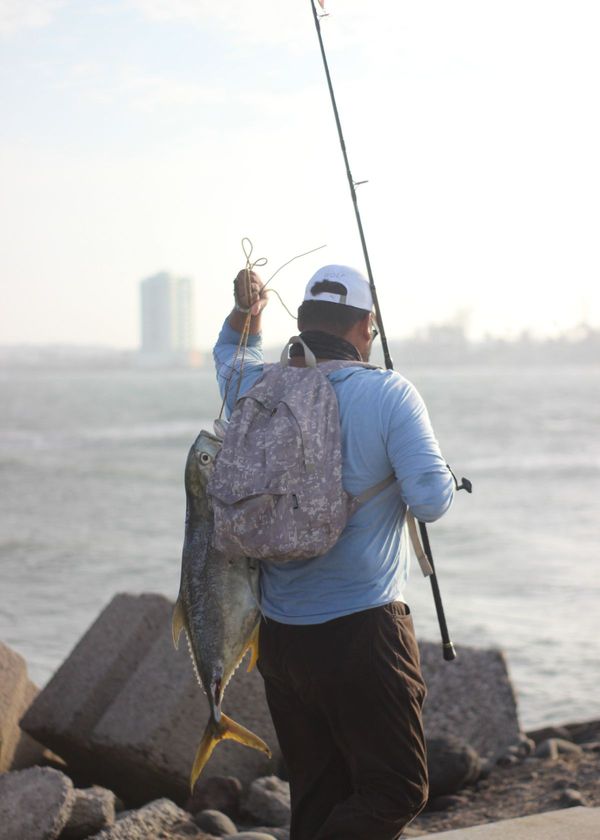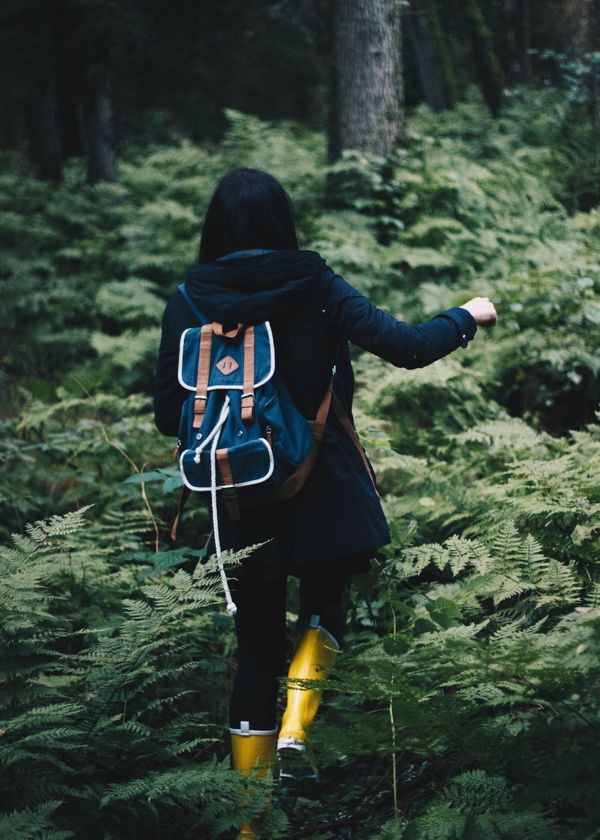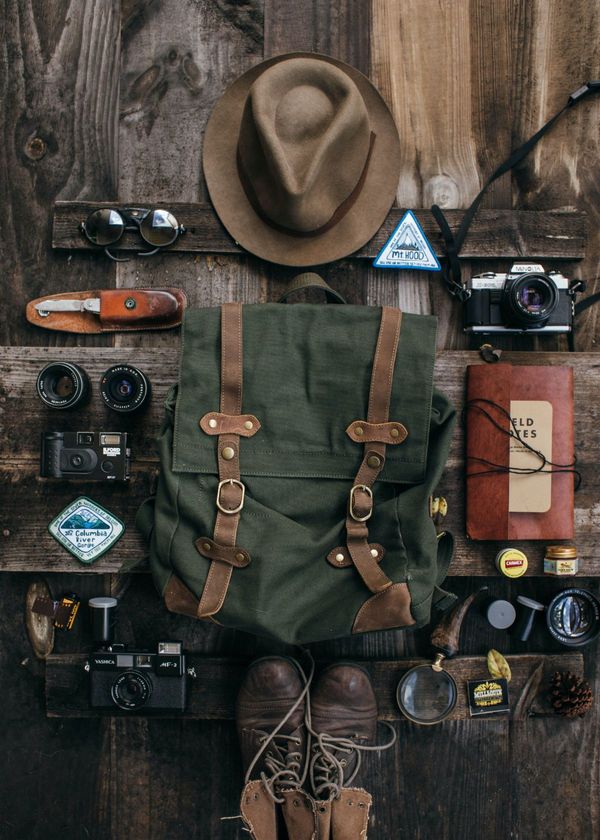Traveling is one of life's greatest pleasures. Whether you are heading out for a weekend getaway or embarking on a long-term adventure, one thing is for certain: you need to pack your backpack. Packing a backpack can be both exciting and daunting. On the one hand, it represents the beginning of a new adventure. On the other hand, it can be challenging to figure out what to bring and how to pack it.
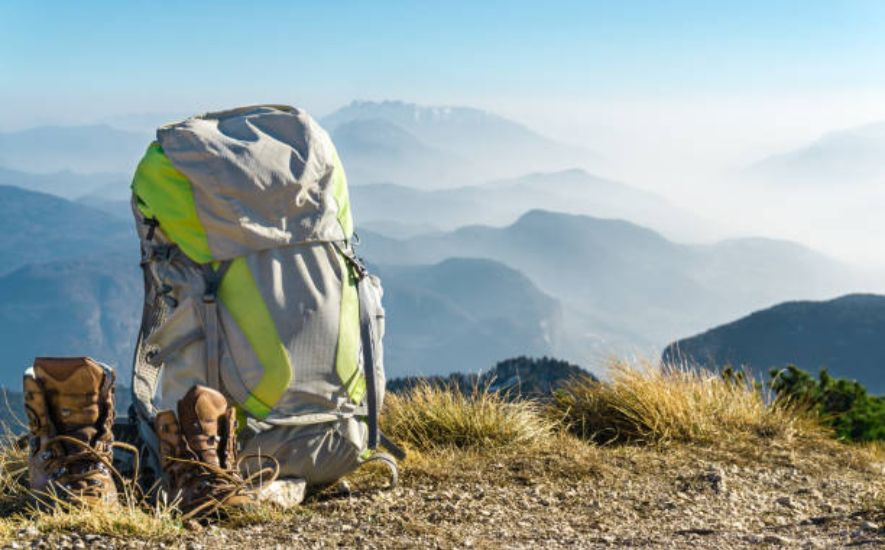
A well-packed backpack can make all the difference in your trip. It can ensure that you have everything you need while also keeping your belongings organized and easily accessible. However, packing a backpack is not as simple as throwing in many items and hoping for the best. It requires some planning and strategy.
In this guide, we will take you through the steps of how to pack a backpack for travel. From choosing the right hiking backpack to deciding what to bring and how to organize it, we'll provide you with all the information you need to pack your backpack like a pro. So, grab your backpack, and let's get packing!

Maximizing Space: Efficient Ways to Pack Your Backpack
Are you planning a backpacking trip but struggling with how to fit everything you need into your backpack? The key to a successful backpacking trip is maximizing space and packing efficiently. It can be tempting to bring along everything you think you might need, but the reality is that every item you pack takes up valuable space and adds weight to your load.
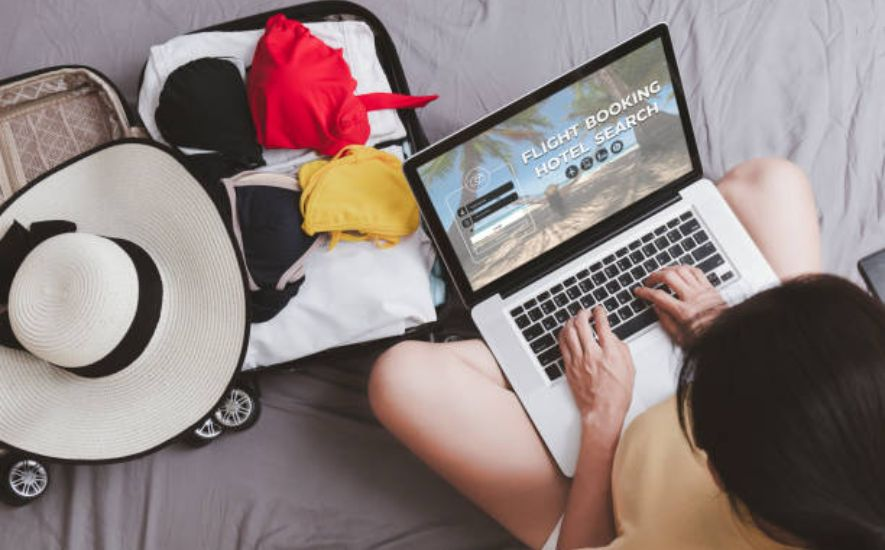
Plan ahead and make a list
Before you start packing your backpack, take some time to plan ahead and make a list of everything you'll need on your trip. Think about the activities you'll be doing, the weather conditions you'll be facing, and any special equipment you'll need. This will help you avoid packing unnecessary items and ensure that you have everything you need.
Choose the right backpack
Choosing the right backpack is essential for maximizing space and packing efficiently. Make sure you choose a backpack that is the right size for your needs and fits comfortably on your back. Look for a backpack with multiple compartments, making it easier to organize your gear and access it quickly.
Use packing cubes or compression bags
Packing cubes or compression bags can be a game-changer when it comes to maximizing space in your backpack. These handy tools allow you to organize your gear into smaller, more manageable compartments and compress them down to save space. They also make it easier to find what you need without having to dig through your entire pack.
Pack strategically
Packaging your backpack is important to pack strategically to make the most of the space available. Start by filling your heaviest items at the bottom of your pack, close to your back. This will help distribute the weight evenly and make it easier to carry.
Next, fill any gaps in your pack with smaller items, like socks or underwear. Finally, pack any larger, lighter items, like your sleeping bag or tent, on top.
Wear bulky items instead of packing them
Finally, consider wearing bulky items instead of packing them to save space in your backpack. For example, if you're bringing a puffy jacket, wear it on the plane or bus instead of packing it in your backpack. This will free up valuable space in your pack and make it easier to carry.
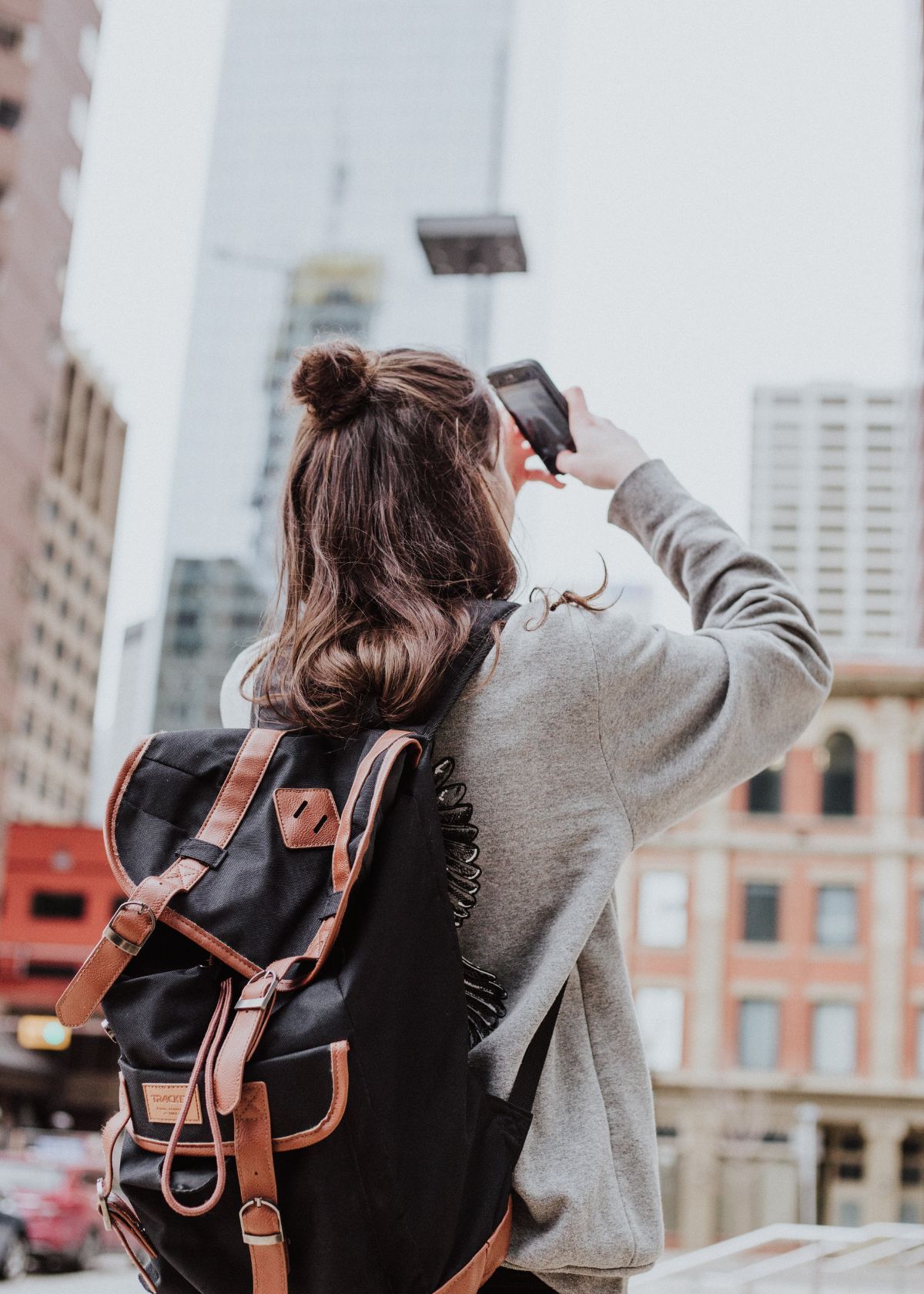
The Backpacker's Checklist: Must-Have Items to Bring
When you're planning a backpacking trip, packing can be overwhelming. You want to ensure you have everything you need, but you also don't want to carry too much weight on your back.
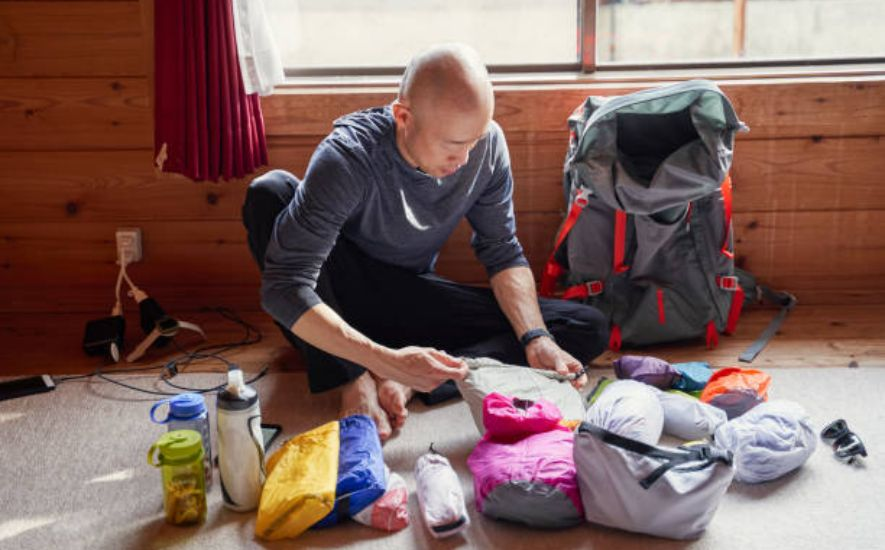
To help you out, we've compiled a list of must-have items (for hiking in nature) that every backpacker should bring on their journey.
- Backpack: A backpack is a first and most obvious item on your checklist. Make sure to choose one that fits comfortably on your back and has enough space to store all of your gear.
- Tent and Sleeping Bag: Unless you plan on staying in hostels or hotels along the way, you'll need a tent and sleeping bag. Look for lightweight options that won't take up too much space in your pack.
- Water Filter: Clean drinking water is essential when you're out in the wilderness. A water filter will ensure that you have access to safe, potable water no matter where you are.
- Navigation Tools: Even if you're familiar with the area you're hiking in, it's always a good idea to bring navigation tools like a map and compass. If you're uncomfortable navigating alone, consider bringing a GPS device or downloading a navigation app on your phone.
- First Aid Kit: Accidents can happen on the trail, so it's important to be prepared with a first aid kit. Make sure to include items like bandages, antiseptic, and pain relievers.
- Cooking Supplies: If you plan on cooking your own meals, make sure to bring a lightweight stove, fuel, and cookware. Don't forget utensils, a pot holder, and a water bottle.
- Clothing: The clothing you pack will depend on the climate and terrain you'll be hiking in. Bring lightweight, moisture-wicking clothing that can be layered for warmth. Don't forget to pack a rain jacket and a hat.
- Headlamp or Flashlight: You'll need a reliable source of pack light when it gets dark outside. A headlamp or flashlight is essential for navigating the trail, setting up camp, and finding your way to the bathroom at night.
- Personal Hygiene Items: Just because you're in the wilderness doesn't mean you can't maintain good hygiene. Pack items like biodegradable soap, a toothbrush and toothpaste, and hand sanitizer.
- Entertainment: You'll need something to keep you occupied when you're not hiking. Bring a book, a deck of cards, or a lightweight musical instrument to pass the time.
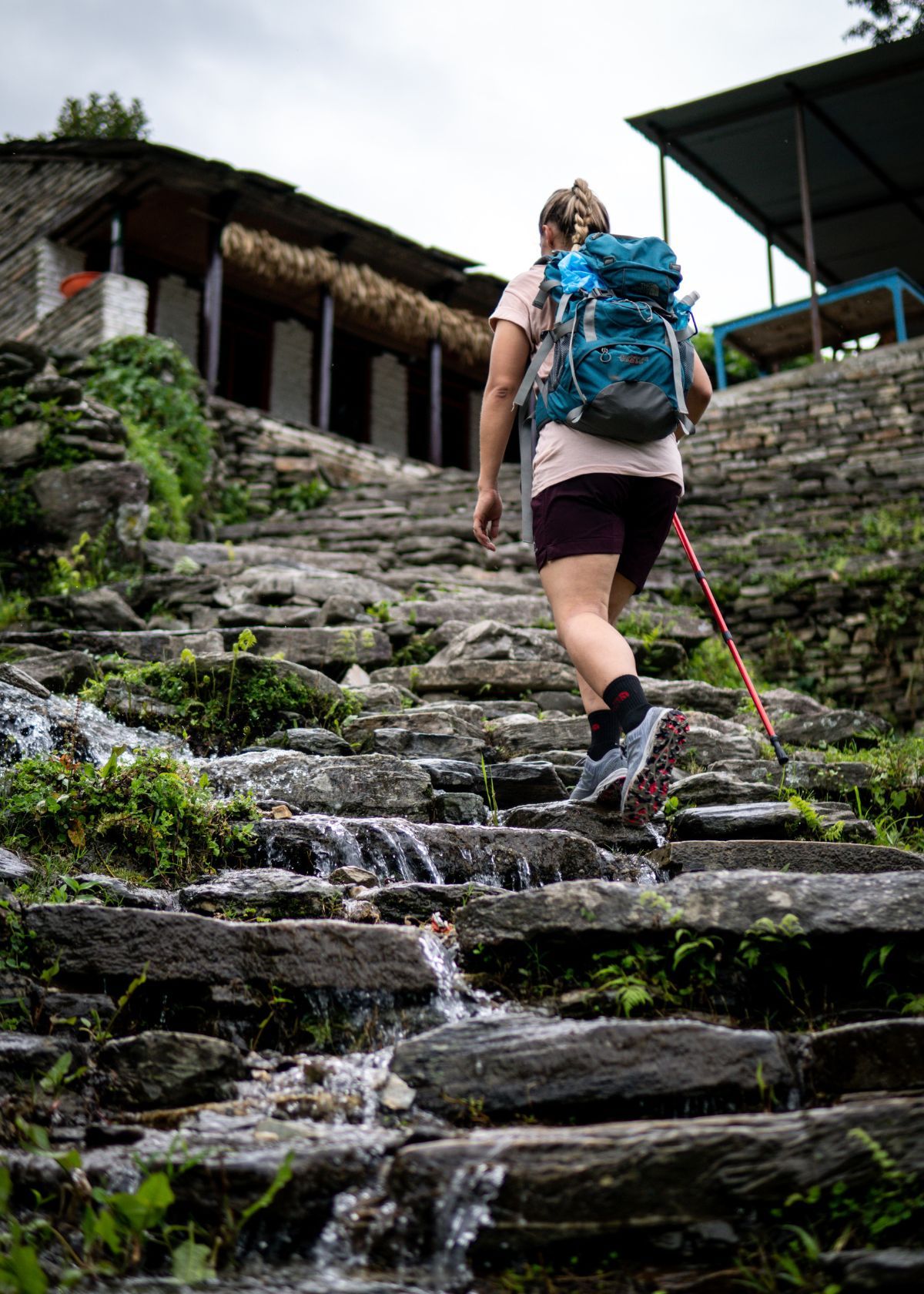
Organizing Your Load: Sorting Your Gear for Easy Access
As a seasoned traveler, you know that organization is key in packing. But even the most experienced globetrotters can find themselves rummaging through their luggage for that one elusive item. That's why organizing your load and sorting your gear for easy access can make all the difference.
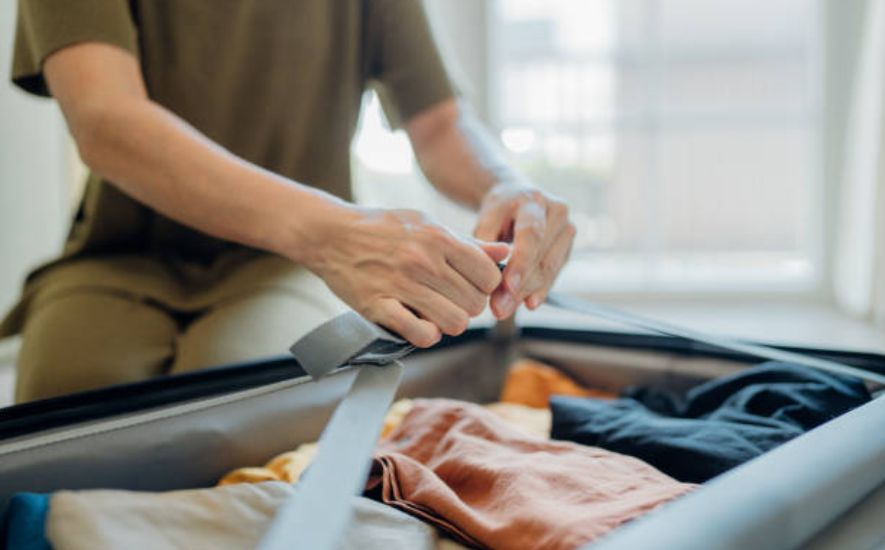
Why Organizing Your Load is Important
When you're on the go, time is of the essence. The last thing you want is to waste precious minutes searching for something buried deep in your backpack. Organizing your load ensures that everything has its place and is easily accessible.
Not only does this save time, but it also reduces stress and frustration. Imagine arriving at your destination and quickly finding your passport, phone charger, or other important items without having to unpack your entire bag. It's a small but significant way to make your travels smoother and more enjoyable.
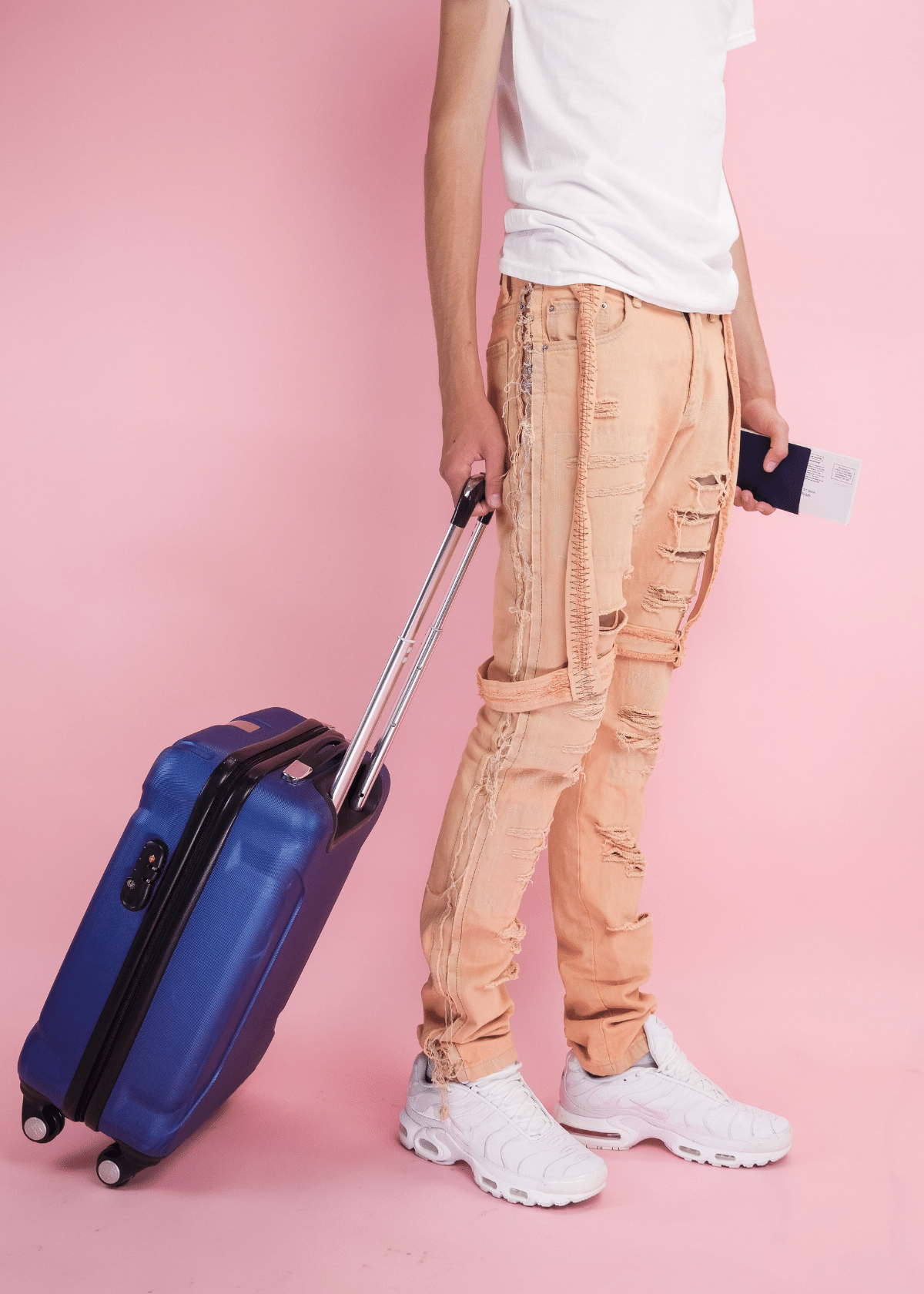
Sorting Your Gear for Easy Access
Now that you understand why organizing your load is important let's discuss how to sort your gear for easy access. You can use a few different strategies, depending on your preferences and air travel backpack style.
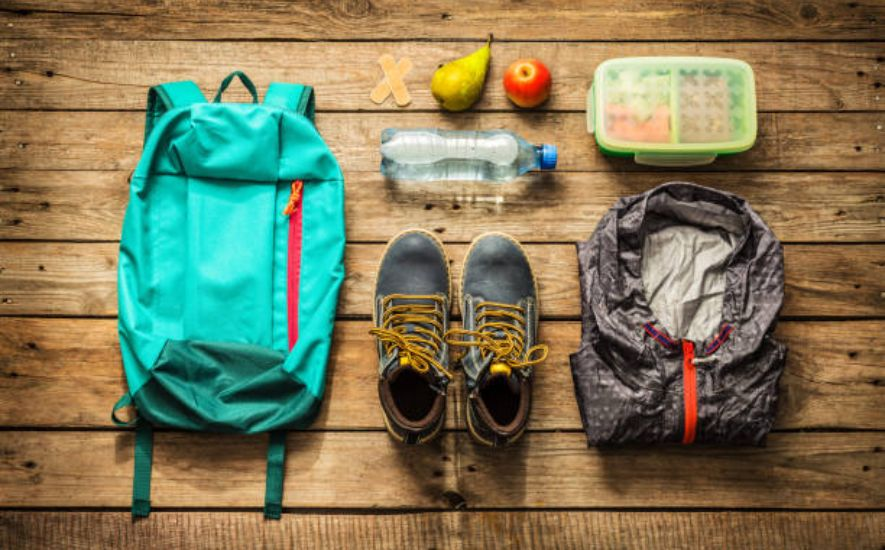
Use Packing Cubes
Packing cubes are popular for travelers who want to keep their gear organized. These small, lightweight containers come in various sizes and can be used to separate clothing, electronics, toiletries, and other items.
The great thing about packing cubes is that they can be easily moved around in your bag, allowing you to access your gear quickly and efficiently.
Create a "Go-To" Pocket
Another strategy is creating a "go-to" pocket in a backpack or suitcase. This pocket should contain all the items you'll need to access frequently, such as your passport, boarding pass, phone, and wallet. By keeping these items in a designated pocket, you won't have to rummage through your entire bag every time you need something.
Use Mesh Bags
Mesh bags are another valuable tool for organizing your load. These lightweight carry-on bags can be used to separate dirty clothes, shoes, and other items. The advantage of using mesh bags is that they allow you to see what's inside without opening each bag individually.
Roll Your Clothes
Finally, consider rolling your clothes instead of folding them. This technique saves space and makes it easier to access your clothing. When your clothes are rolled tightly, they can be easily stacked or placed in a packing cube. And when you need a specific item of clothing, you can unroll the bundle and grab what you need.

Lighten Your Load: Tips for Packing Light without Sacrificing Essentials
As the old saying goes, "less is more". And nowhere is this more true than when it comes to packing for a trip. We've all been there: staring at a suitcase overflowing with clothes, shoes, and accessories, wondering how we're going to fit it all in without going over the weight limit.
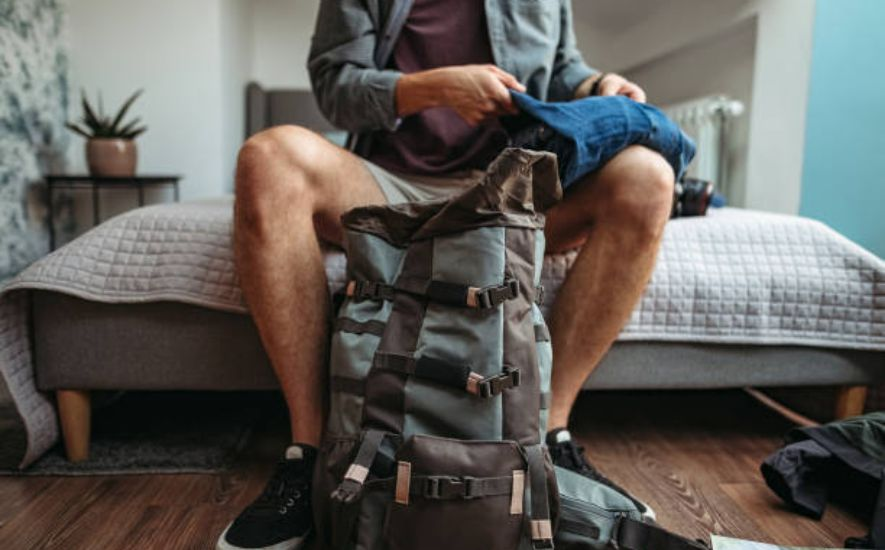
But the truth is, packing light doesn't have to mean sacrificing the essentials. With some planning and clever tricks, you can lighten your load and still have everything you need for a comfortable and enjoyable trip. Here are some tips to get you started:
I. Start with the right mindset
When it comes to packing light, the first step is to adjust your mindset. Instead of thinking about what you might need, focus on what you will actually use.
Be honest with yourself about what's essential and what's not. Remember, you can always buy things on the road if you really need them.
II. Make a list
Before you start packing, make a list of everything you need to bring. This will help you stay organized and prevent you from forgetting anything important. Be sure to include things like your passport, wallet, phone charger, and any medications you need.
III. Choose the right bag
The key to packing light is choosing the right bag. Look for a lightweight, durable bag with plenty of compartments and pockets to help you stay organized. A backpack or a duffel bag with wheels can be a great choice, as they are easy to carry and maneuver.
IV. Pack versatile clothing
When it comes to clothing, choose items that can be worn in multiple ways. For example, a lightweight scarf can be used as a wrap, a blanket, or a head covering.
A pair of comfortable leggings can be dressed up or down depending on the occasion. And a button-down shirt can be worn as a top, a jacket, or even tied around your waist.
V. Choose travel-sized toiletries
Toiletries can take up a lot of space in your luggage, so opt for travel-sized versions of your favorite products. You can also save space by packing toiletry bags or multipurpose items, such as a moisturizer with SPF or a shampoo that can also be used as a body wash.
VI. Use packing cubes
Packing cubes are a great way to stay organized and save space. They allow you to separate your clothes by type or outfit, making it easy to find what you need without unpacking everything. They also compress your clothes, maximizing the space in your hiking bag.
VII. Wear your heaviest items
If you're bringing bulky items like hiking boots or a heavy coat, wear them on the plane or in the car to save space in your bag. You can always take them off once you reach your destination.

Comfort on the Go: Packing for a Comfortable Travel Experience
Traveling is an exciting experience, but it can also be stressful, especially when it comes to packing.
Often we focus on fitting as much as possible into our bags without considering how comfortable we will be during our journey. Whether traveling by plane, train, or automobile, it's essential to pack for comfort on the go.
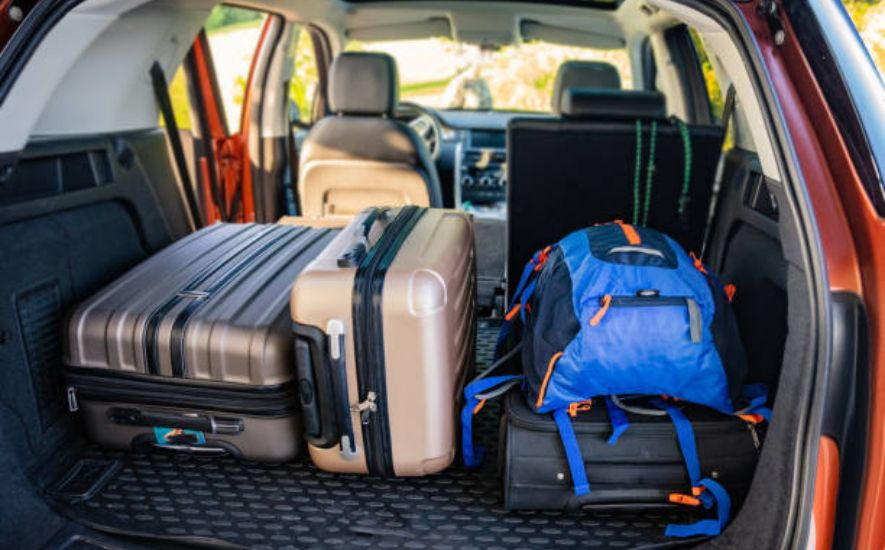
It's essential to dress for comfort when traveling. Choose clothes made from breathable fabrics that allow you to move freely. Opt for layers that can be easily added or removed, depending on the temperature.
Comfortable shoes are also a must. Slip-on shoes or sneakers that are easy to take on and off at security checkpoints will save you time and effort.
Pack a travel pillow and blanket
A travel pillow and blanket can make all the difference regarding comfort during a long journey. Neck pillows can provide much-needed support during a flight or train ride, while a cozy blanket can keep you warm and comfortable. Look for compact options that can be easily packed in your carry-on.
Don't forget your headphones or earplugs
Noise-canceling headphones or earplugs are essential for a comfortable travel experience. They can help block out the sounds of a crying baby on a plane or a noisy train ride. You can also use them to listen to music, audiobooks, or podcasts during your journey.
Pack healthy snacks and a water bottle
It's essential to stay hydrated and nourished during travel. Pack healthy snacks like nuts, granola bars, or fresh fruit, and a refillable water bottle to stay hydrated throughout your journey. This can also help you save money and avoid the temptation of buying unhealthy snacks at the airport or train station.
Bring a good book or entertainment
Finally, don't forget to bring something to entertain you during your journey. A good book, magazine, or tablet loaded with movies or TV shows can help pass the time and make your journey more enjoyable. You can also consider bringing a travel game or puzzle to occupy your mind.

Protecting Your Gear: Ensuring Your Valuables Are Safe and Secure
As technology advances, we increasingly rely on our gadgets and gear to get us through our daily routines. Whether it’s your smartphone, laptop, padded laptop sleeve, camera, or other valuable possessions, they are often the lifeline that keeps you connected and productive.
However, with the increasing prevalence of theft and burglary, it's important to ensure your gear is safe and secure.

Assess Your Risks
The first step in protecting your gear is to assess your risks. Take a moment to consider the places and situations where you are most vulnerable to theft or damage.
For example, working in a busy public space may make you more susceptible to theft. Similarly, if you frequently travel or commute, your gear may be at risk of damage or loss during transit. You can develop a plan to address your risks proactively by identifying them.
Invest in Quality Security Measures
Investing in quality security measures is an essential part of protecting your gear. This may include purchasing a reliable lock for your laptop or investing in a secure backpack or bag.
In addition, consider installing tracking software on your devices to locate them if they are lost or stolen. For larger or more expensive items, such as cameras or musical instruments, consider investing in a home security system to deter potential burglars.
Use Common Sense Precautions
While high-tech security measures are essential, sometimes, the most effective way to protect your gear is to use common sense precautions. This may include keeping your gear out of sight when not in use, avoiding leaving it unattended in public spaces, and avoiding flashy or attention-grabbing cases or accessories that may attract unwanted attention.
Being mindful of your surroundings and taking simple precautions can reduce your risk of theft or damage.
Make a Plan for Travel and Commutes
If you frequently travel or commute with your gear, it's important to plan to keep it safe during transit. This may include investing in a secure travel case or bag, using a locker or safe at your destination, or avoiding carrying all of your gear with you at once. Additionally, consider taking out insurance to protect your gear against damage or loss during travel.
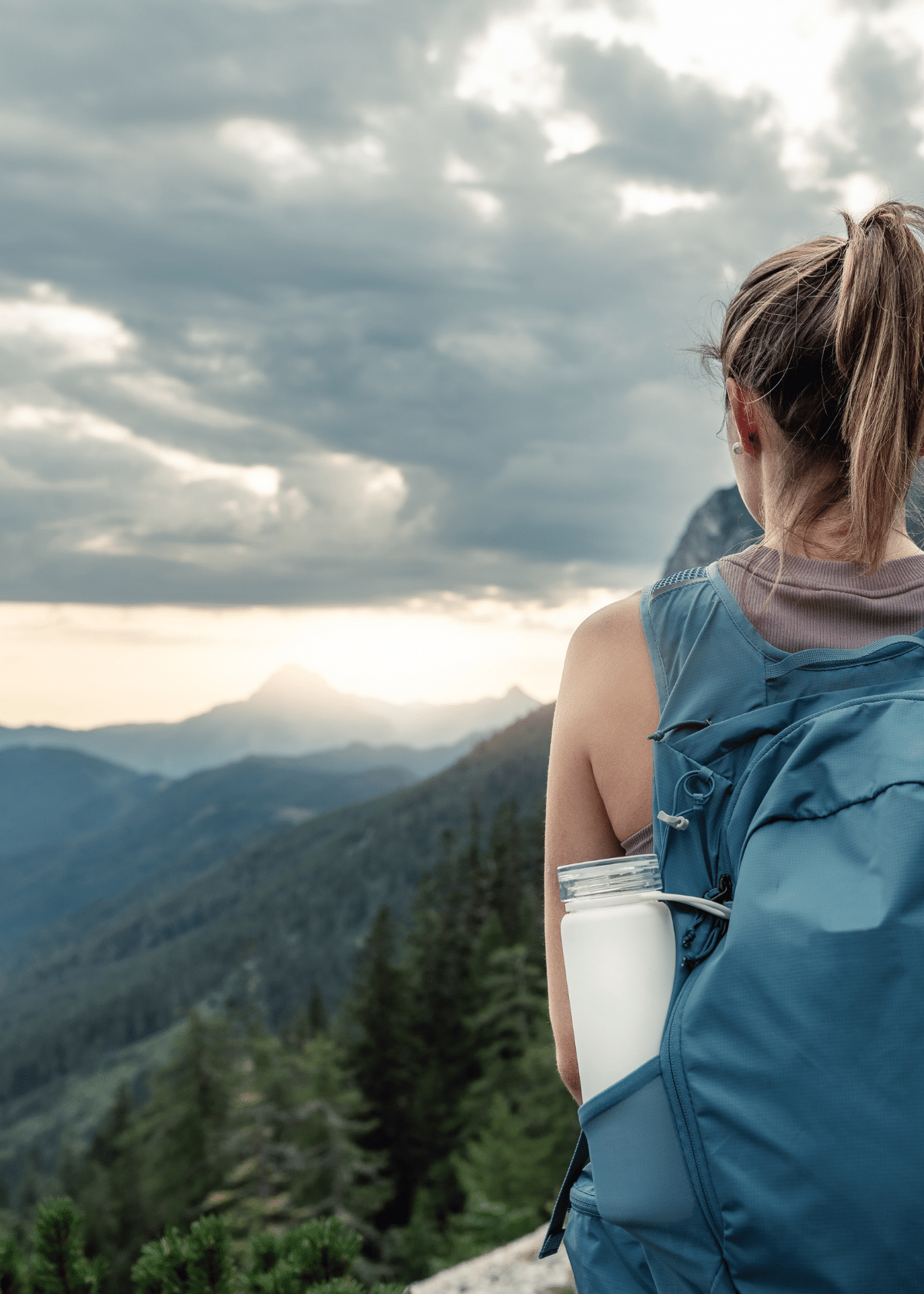
Frequently Asked Questions (FAQs)
Packing is one of the most important parts of traveling. A good backpack can make your journey more enjoyable and comfortable. If you plan to travel soon, read these FAQs to learn how to pack a bag for travel.
What is the best way to pack a backpack for travel?
When it comes to packing a backpack for travel, the best approach is to pack strategically and thoughtfully. First, start by choosing the right backpack that fits your body well and is comfortable to carry.
Then, organize your belongings into different compartments, with heavier items closest to your back and lighter items towards the outside. Use packing cubes or compression bags to maximize space and keep everything organized. Roll your clothes instead of folding them to save space and minimize wrinkles.
Keep essentials such as your passport, wallet, and phone in a separate easy-to-reach pocket. Don't overpack, and be mindful of weight restrictions for flights or other modes of transportation.
Finally, test out the backpack before you leave to ensure it is comfortable and fits properly. By following these tips, you can efficiently pack your backpack for travel and enjoy a comfortable and stress-free journey.
How do you pack a backpack for flying?
When packing a backpack for flying, it's important to keep in mind the size and weight restrictions of the airline you're flying with. Typically, airlines allow carry-on bags no larger than 22 inches by 14 inches by 9 inches and checked bags no heavier than 50 pounds.
To pack a backpack for flying, start by choosing a backpack that is appropriate in size and meets the airline's size restrictions. Ensure your bag has sturdy straps and a comfortable fit, as you'll be carrying it around for a while.
When packing, roll your clothes tightly to save space and prevent wrinkles. Place heavier items at the bottom of the backpack to distribute the weight evenly, and use packing cubes or compression bags to organize your belongings and maximize space. Pack essentials like toiletries, electronics, and travel documents in a separate compartment for easy access.
It's also a good idea to pack a small bag within your backpack that can be used as a personal item during the flight. This could be a purse, tote bag, or small backpack, and it should contain items like your passport, wallet, phone, and any other essentials you'll need during the flight.
How do you fit everything in a backpack for travel?
Fitting everything you need into a backpack for travel can seem daunting, but with a bit of organization and planning, it's possible. The first step is to choose the right backpack. Look for one that is lightweight, comfortable to wear, and has multiple compartments for easy access to your belongings.
Next, make a list of everything you need to bring and prioritize the essentials. Pack clothing that can be mixed and matched, and consider bringing items that can serve multiple purposes. Rolling your clothes or using packing cubes can help maximize space in your backpack. Don't forget to pack a small first aid kit, toiletries, and any necessary electronics and chargers.
Remember that you can always buy items on the road if you forget something, so don't stress too much about bringing every little thing. With a bit of planning and smart packing, you can fit everything you need into a backpack for your next travel adventure.
How do you organize clothes in a backpack?
Organizing clothes in a backpack can be tricky, especially if you're planning on packing many items in a small space. To make the most of your backpack's capacity, it's essential to start by selecting versatile and easy-to-mix and match clothes. Once you've chosen your clothes, begin by rolling them up tightly to save space and prevent wrinkles.
Next, use the bottom of the backpack to store the heaviest and bulkiest items, such as shoes, jackets, or sweaters. This will help to distribute the weight evenly and prevent the backpack from feeling lopsided or uncomfortable.
After you've packed the heavier items at the bottom, it's time to fill in the gaps with smaller items like t-shirts, socks, and underwear. You can use packing cubes or plastic bags to keep these items organized and separate from the rest of your clothes.
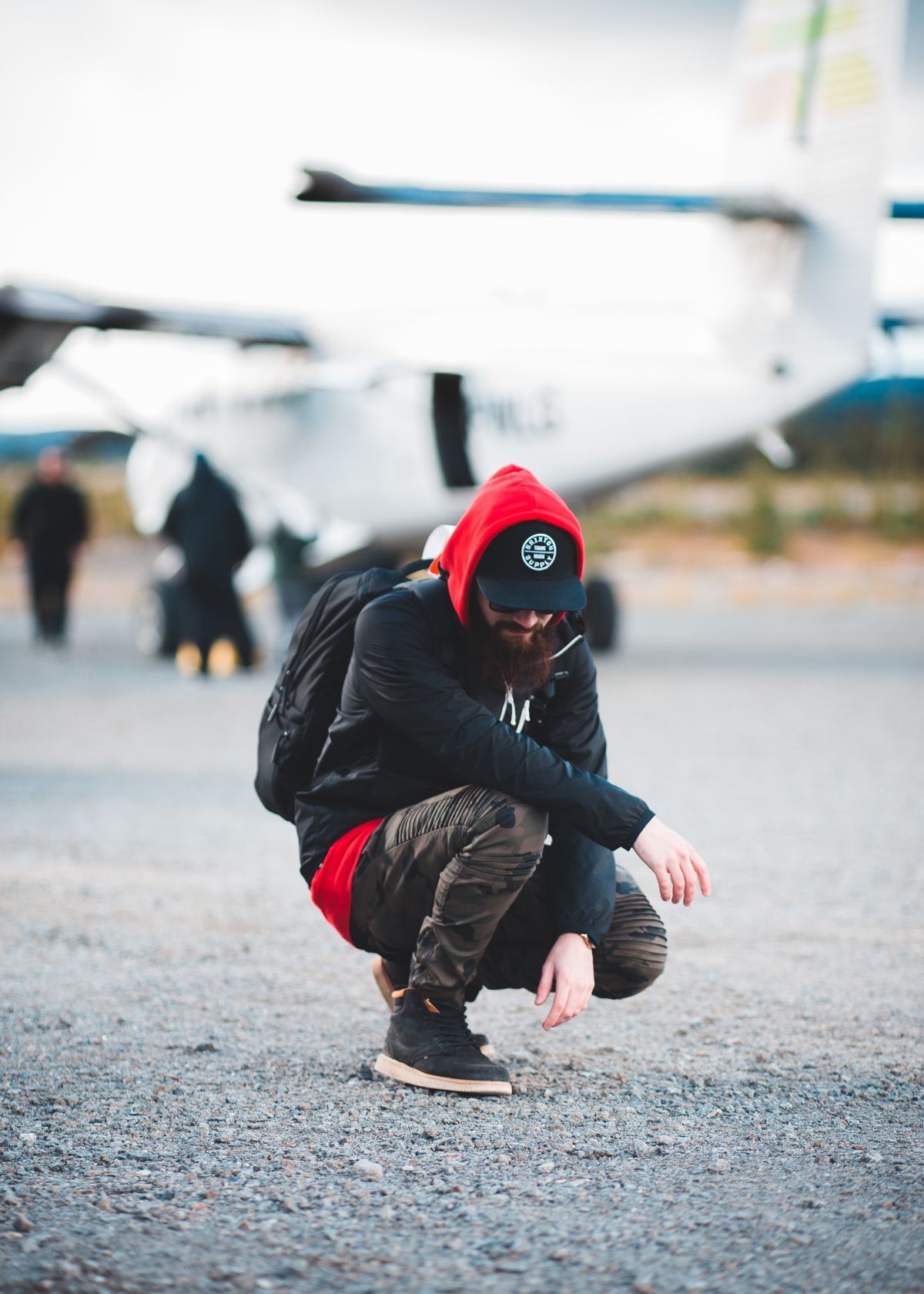
Conclusion
In conclusion, packing a backpack for travel requires careful consideration of the items you need and how to organize them efficiently. Start by making a packing list and selecting a bag that fits your needs.
Use packing cubes or compression sacks to organize your clothes and accessories, and distribute the weight evenly across the backpack to ensure comfort.
Remember to pack only the essentials and avoid overpacking to prevent unnecessary strain on your back. With these tips in mind, you can pack a backpack for functional and comfortable travel, allowing you to enjoy your trip to the fullest.
